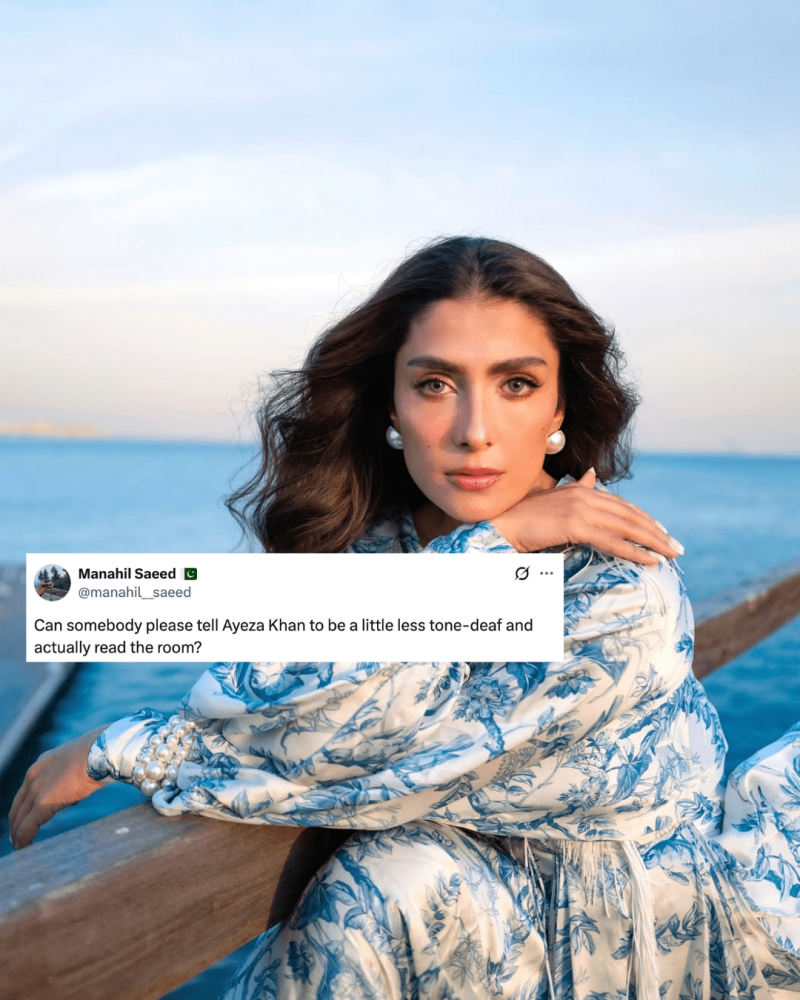Recreating Rembrandt: A new dimension of Pakistani art
It has only been a few years since I was introduced to Pakistani art in the United States. In my quest to learn more, I have attended exhibitions of Pakistani masters such as Sadequain and Gul Gee and contemporary artists such as Imran Qureshi and Rashid Rana.
In addition, I have hosted some artists at my apartment in New York. One of them was the young, talented Irfan Hasan, who was in America’s art capital to attend the opening of a show of his work.
It was being showcased in a group exhibition entitled “Ethereal”, curated by the eminent art curator, Dr. Amin Jaffer, at the Leila Heller Gallery in the Chelsea section of New York City, which is home to many prominent art galleries.
On the same block, one gallery was showing the work of the great British artist David Hockney and in another, Pablo Picasso’s work was on sale. This was not a rare occurrence for Hasan.
During the past year there have been three exhibitions of his work in Europe and the United States, including a solo show of his work at the Grosvenor Gallery in London, which opened this month. His work continues to receive critical appreciation and public attention.
Hasan is a flag bearer of the centuries-old tradition of miniature painting, notable for the exquisite work produced by the delicate brushes of artists in the courts of the Persian and Mughal Empires.
A revival of the techniques of miniature painting began around the turn of the 21st century in the work of the Lahore-born Shazia Sikander who spearheaded the movement and inspired many young artists to follow in her footsteps. One of the most successful is Irfan Hasan.

He graduated with distinction from the National College of Art (NCA) and introduced a new dimension to this style by drawing on the figurative work of old classics of Western art, while portraying them in the opaque watercolor painting method from Persian art, known as GudRung.
When he was in New York recently, I had the opportunity to learn more about Hasan.
During a lively discussion at the dinner table, he mentioned playing truant from school to go to old book markets in Karachi where he spent hours copying Western artists to acquire his draftsmanship. This experience left a deep impression on his young mind; he is still inspired by art of the classical Western era and its figurative works focusing on human beauty. This inspiration is shown in his paintings time and again.

In his series of paintings, “After”, his subjects are figures from the work of Western renaissance and neo-classical artists such as Rembrandt, Peter Paul Rubens, William Adolphe Bouguereau and Anthony Van Dyck, among others. He pays homage to these masters by giving a personal, highly imaginative interpretation to their work.

Cultural comparison is the usual topic of conversation for visitors from Asia to New York. For that reason, it was natural for Hasan to talk about cultural and social taboos of the East.
He has brought up these themes frequently in his work. For instance, Hasan is not shy of showing human flesh, power, dramatic emotions, and aggressive masculinity along with signs of love, beauty, passion, eroticism and death in the same piece of art.
In doing so, he has mastered the art of juxtaposing traditional motifs and contemporary ideas to bridge the gap between the stylistic differences of Eastern and Western art.

To his credit he did not use terrorism and radical Islam to sell his work in the international art market, especially when most of his patronage comes from the West where violence is a successful selling strategy for many contemporary Pakistani artists.
His work is a window into a new era of fusion art which is not bound by certain styles, culture and time.
Ironically, even as Hasan is trying hard to bridge the gap between Eastern and Western art; he is not able to attend his own solo in London. He was denied a visa by the British High Commission in Pakistan. Thus an opportunity was lost for cultural exchange between the two countries.
I remember during his stay in New York last year how well he interacted with and inspired Americans with an interest in art. Cultural ambassadors like Hasan help bring people of two civilizations closer together.

I have visited the Islamic art galleries of major art museums such as Metropolitan Museum of Art New York, Art Institute Chicago and National Gallery, Washington DC and they have acquired, preserved and displayed mostly traditional Islamic art and artifacts of calligraphy, traditional miniature, pottery and jewelry.
The Agha Khan Museum in Toronto is one of few that provides a place for contemporary art from the Muslim world. Artists like Hasan and Sikander are doing an important job by providing public opportunities to share a new dimension of art from Pakistan.
Unfortunately, these artists are more known internationally than in Pakistan because of a limited number of galleries and museums in the country.
Hasan gave me several of his beautiful prints which now hang in the living room of my apartment. Not only do they give me immense pleasure but I proudly show them to my guests. It also gives me an opportunity to talk about the increasing number of very talented young artists emerging from Pakistan, who are leaving their mark on the global art scene.












Comments